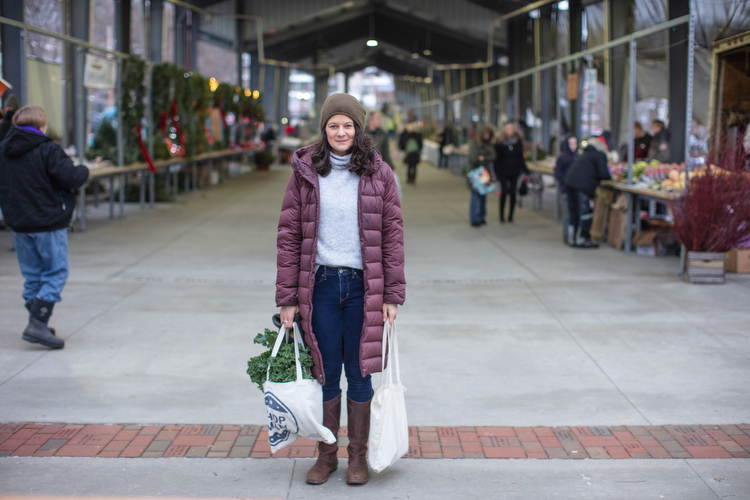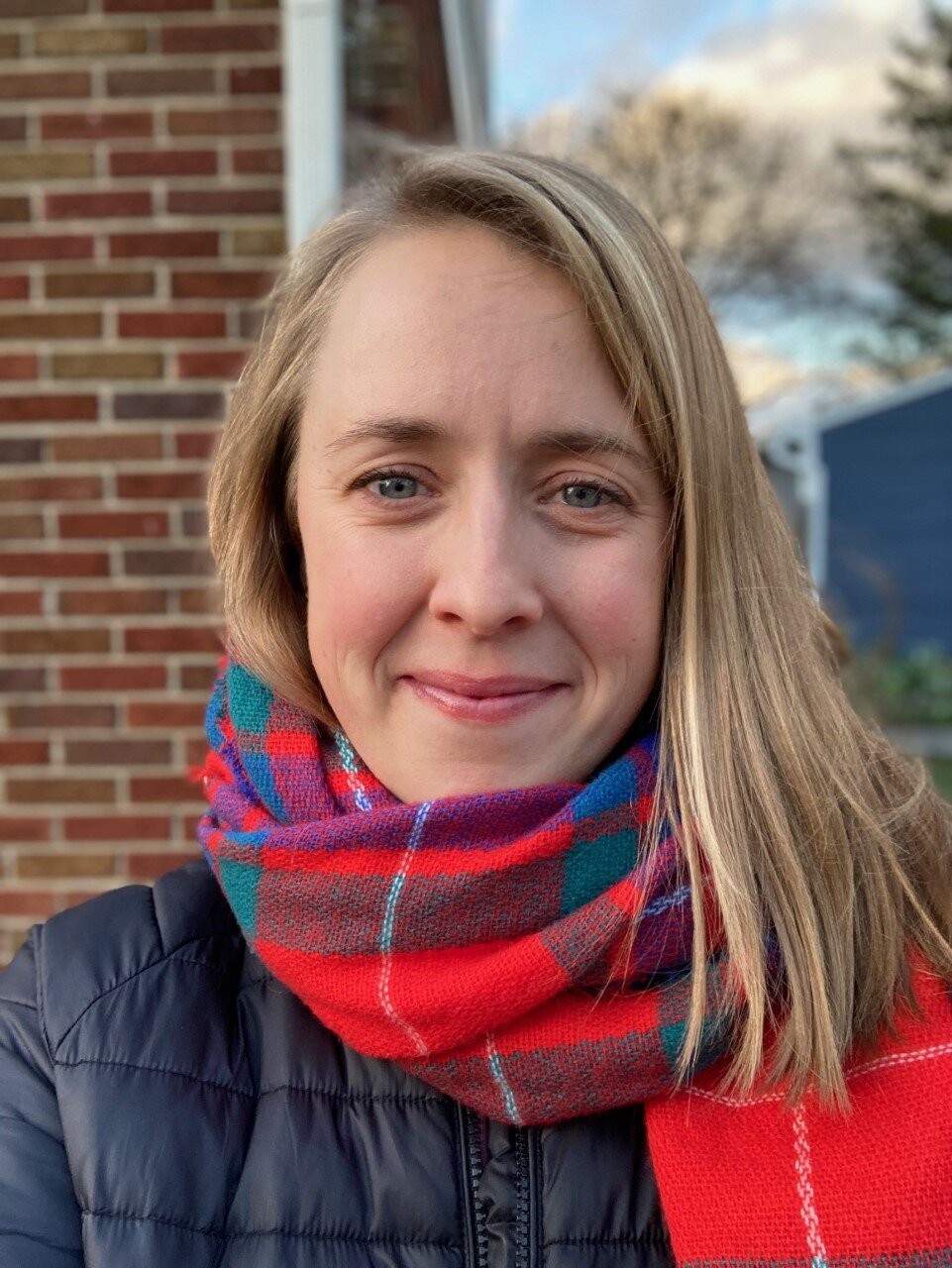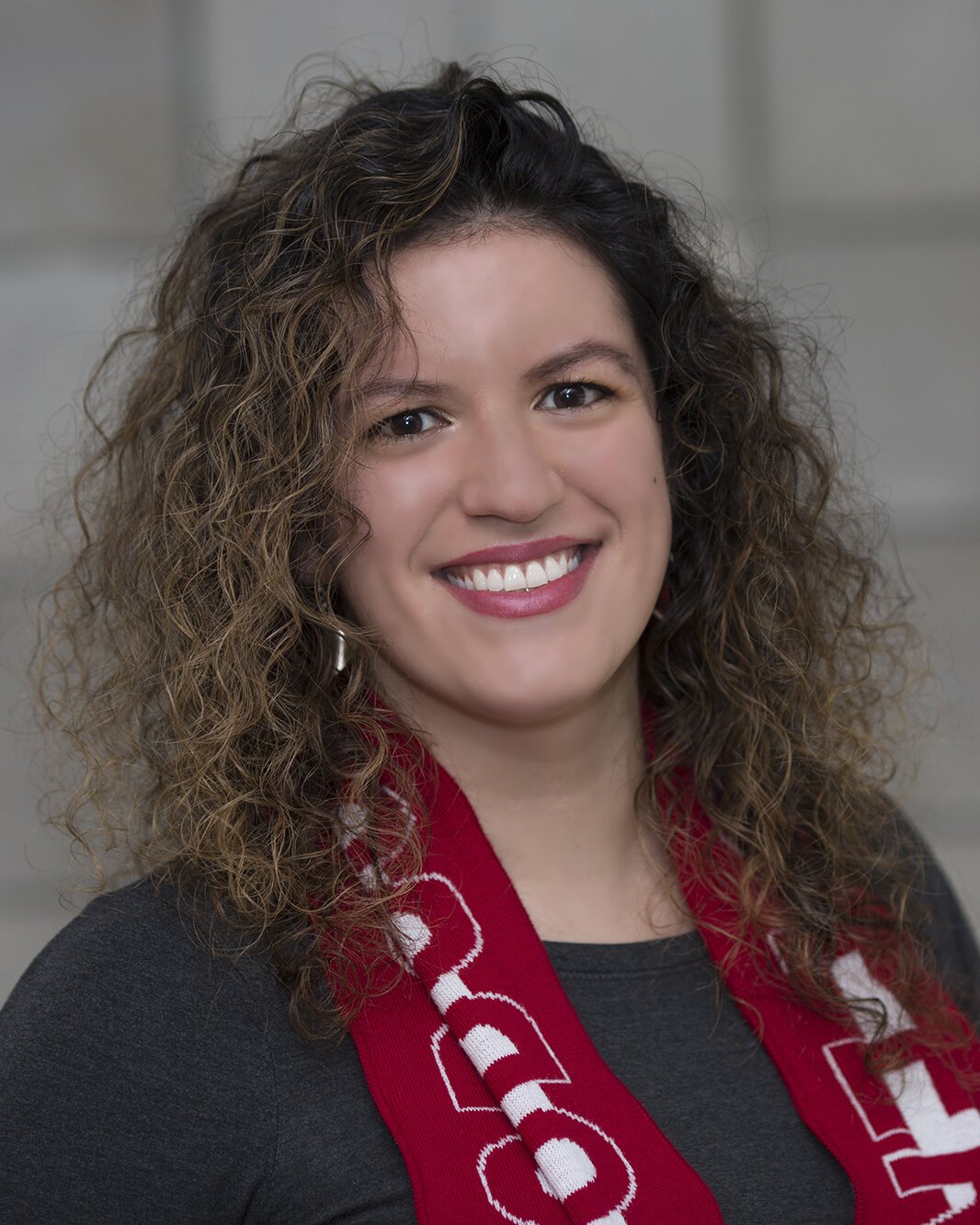[ad_1]
FoodLab Detroit isn’t trying to make a “food desert” bloom. Instead, the nonprofit is dismantling food apartheid by supporting Detroit food entrepreneurs with education, coaching, and peer mentoring with the goals of shifting local economies and expanding access to healthy, culturally appropriate foods.
FoodLab’s framing of food apartheid, rather than the more conventional terminology around food deserts, has increasingly caught on in Michigan and beyond. New York City activist Karen Washington, a Black farmer and founder of Black Urban Growers (BUGS), coined the term food apartheid as a more accurate description for the conditions affecting urban and rural communities that lack access to healthy foods.
“She felt that [the term] food desert did not come out of community,” says Devita Davison, FoodLab Detroit’s executive director. “It was actually terminology that came out of academia and was picked up by the USDA and others.”
Davison notes that a desert is a naturally occurring ecosystem, but so-called food deserts are creations of an industrialized food system. That system profits by marketing and distributing nutrient-poor, disease-causing foods to income-challenged communities, mainly communities of color, where people shopping with food assistance dollars are an easy mark.
“Food desert does not adequately describe the communities we live in. And it can’t describe communities and neighborhoods in the city of Detroit because Detroit has over 1,900 community gardens, backyard gardens, and market farms,” Davison says. “It’s insulting because the terminology denotes this natural phenomenon — like what happened to our communities is a force of nature. And that couldn’t be further from the truth.” Devita Davison.
Devita Davison.
According to Davison, the term food apartheid raises important questions about why communities lack access to healthy, fresh, culturally appropriate food — and how race, geography, and economics influence that access.
“In the city of Detroit and many neighborhoods across the country where you have an over-representation of Black bodies, those neighborhoods are very similar in the over-representation of fast-food restaurants and dollar stores. You have your gas station, your Walgreens, and your CVS selling unhealthy food,” Davison says. “This is not an accident. These communities have been traditionally and historically marginalized on purpose. What I see is systemic and institutional racial injustice.”
She notes that the number one killer in the city of Detroit and other communities that live under food apartheid is heart disease.
“During the pandemic, Black people in Michigan were dying disproportionately. Those were individuals who had preexisting conditions and were even more vulnerable … suffering with diabetes, high blood pressure, obesity,” Davison says. “We can directly tie those to the food that they have access to.”
Food apartheid in West Michigan
Over the last decade, Access of West Michigan (Access) staff have recognized the need to expand their work beyond distributing charitable food to address injustices within the food system. In 2018, after nearly 40 years, Access changed the name of its annual spring “Hunger Walk” to “Walk for Good Food.”
“Food apartheid is a more accurate description for what we see happening,” says Erin Skidmore, good food systems director for Access. “Food apartheid identifies that the lack of access to food is intentional, not accidental. I feel it is much more accurate and truthful.” Erin Skidmore.
Erin Skidmore.
Skidmore believes that the current charity food system was designed to limit food access for targeted populations. Some pantries still require recipients to show a driver’s license or a piece of mail with their name on it — something undocumented individuals or those experiencing homelessness cannot do. Others are staffed by people who speak only English.
“It can be scary and risky to go access food from a charity food site because of the requirements that are often asked for. And we have so many neighbors in West Michigan whose native language and primary language is [not English],” Skidmore says. “These are barriers and they cause disparities in access to affordable and healthy food.”
To make more healthy food available in neighborhoods affected by food apartheid, Access has established Fresh Markets offering affordable produce from small farms at five sites in Grand Rapids where access to good food is limited. Access’ Refresh Now food prescription program works with two Grand Rapids health care providers to give coupons for fresh produce to patients with chronic disease.
Money raised from the Walk for Good Food supports West Michigan organizations addressing food insecurity. Each year, recipient organizations attend a half-day program on a food justice topic that addresses the inequities sustained by the current industrialized food system.
“We are really wanting to address root causes of why people experience food insecurity and poverty,” Skidmore says. “In our food work, we want to see residents have ownership over their food systems, especially the populations who have been intentionally forced out of the ability to access food.”
The 2020 Kent County Community Needs Assessment found that 47% of Latinx residents and 41% of Black residents reported that they were not able to pay for basic needs like food, housing, water, and health care. In comparison, only 20% of white residents reported lacking that access. The survey states, “Households that cannot afford to meet all their basic needs consistently often have to make difficult spending tradeoffs. For example, paying a utility bill instead of purchasing healthy foods.” Janelle Vandergrift, Kent County food policy coordinator, says food apartheid is a “helpful term” to describe these effects. Janelle Vandergrift.
Janelle Vandergrift.
“We know that there’s race, class, and geography dimensions to the inequity of food access,” she says.
Kent County residents living in Grand Rapids’ urban core are not the only ones experiencing food apartheid. People in the county’s rural communities do, too — especially migrant farm workers concentrated in northern areas of the county, and in Lowell and Saranac to the east.
“Migrant farm workers can’t afford the food that they’re picking. And that is food apartheid right there,” Vandergrift says. “If people can’t afford the food that they’re picking, there’s something very wrong with how we’ve set up our system — something that needs to change.”
Another aspect of food apartheid is the millions of dollars spent on marketing nutrient-poor foods to families on tight food budgets. Deceptive messages that convince people that fast food is cheaper, cooking from scratch is difficult, or junk food is satisfying have long been accepted as truth. Carola Carassa.
Carola Carassa.
“Very few celebrities are advocating for healthy foods. You don’t have LeBron James advocating for plums or nectarines. You have him advocating for cranberry Sprite,” says Carola Carassa, HealthNet of West Michigan‘s representative on the Kent County Food Policy Council. “I remember growing up thinking that any type of fat was bad. What I did not realize was that the sugar industry was behind that messaging. Making fat the bad guy was a way to infuse more sugar into our diets.”
Overcoming food apartheid
Food apartheid affects numerous communities in Michigan and across the country. In an article titled “Overcoming Food Apartheid,” Robert Brown, Flint office director for the Michigan State University Center for Community and Economic Development, states that “urban planning practices for the past century have maintained the racial segregation that creates food deserts in black and brown neighborhoods of most urban areas in this country.”
“This supermarket redlining … creates access to less healthy food options at often higher prices,” Brown writes. “We hypothesize that the food system in Flint currently exists in a suboptimal, ’emergency’ state due to the presence of feedback loops which resist attempts to move the system towards a more desirable state.”
While the idea of replacing food desert terminology with food apartheid may seem like splitting hairs to some, activists say the simple shift accomplishes the important goal of bringing to light a centuries-long history of racially motivated food injustice. Davison notes that over 38 million Americans, including 12 million children, are food insecure – and communities of color are disproportionately affected.
“The pandemic contributed to this increase among families with children and, of course, communities of color who already were already hungry — African-Americans, Latinos, and Native American communities,” Davison says. “We have to begin to address systemic racial injustice. We’re not going to be able to get out of a hunger situation in our country by providing free meals. We have to address the root causes of hunger, the structural and systemic inequities.”
A freelance writer and editor, Estelle Slootmaker is happiest writing about social justice, wellness, and the arts. She is development news editor for Rapid Growth Media and chairs The Tree Amigos, City of Wyoming Tree Commission. Her finest accomplishment is her five amazing adult children. You can contact Estelle at [email protected] or www.constellations.biz.
Devita Davison photos by Steve Koss. Erin Skidmore photo by Adam Bird. All other photos courtesy of the subjects.
[ad_2]
Source link
